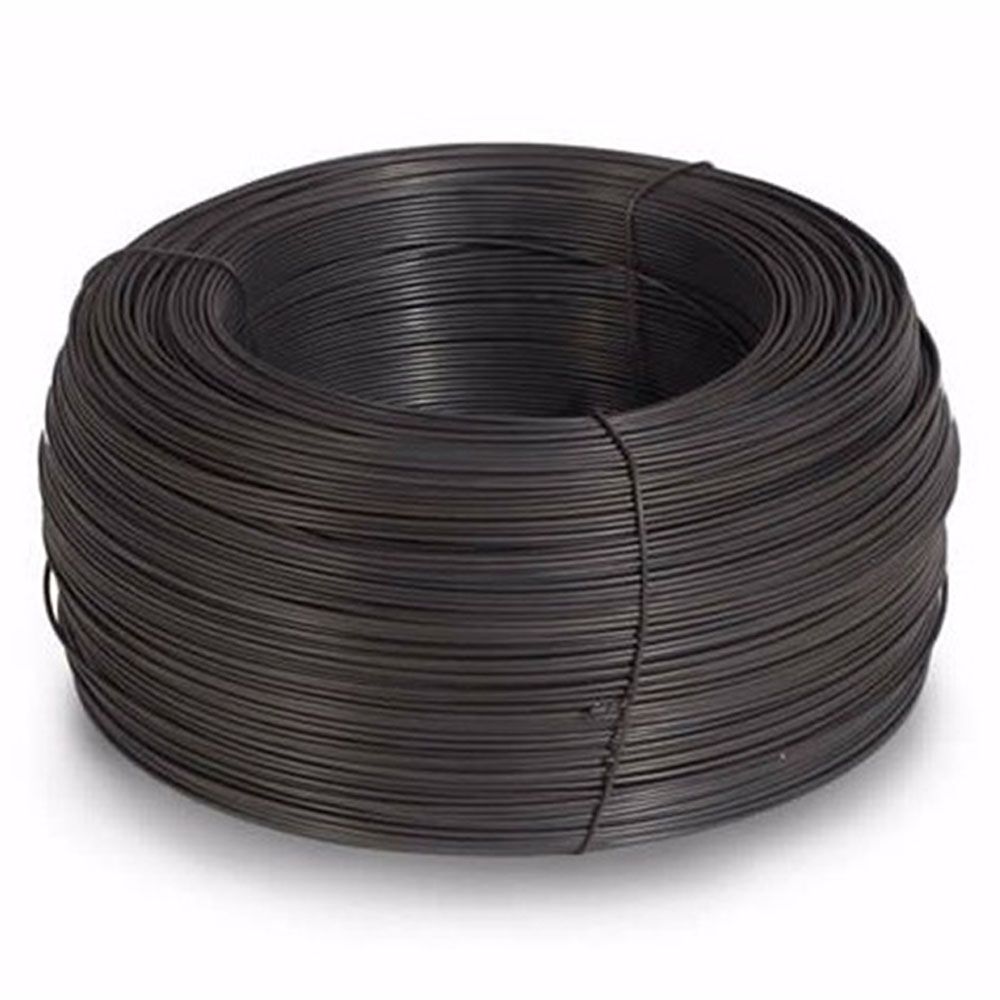-
+86 15030157877
-
sales@galvanizedmetalmesh.com
Eki . 19, 2024 00:19 Back to list
Cattle Fence Export Opportunities for Global Markets and Trade Growth Strategies
The Rising Demand for Cattle Fence Exporters
In recent years, a noticeable shift has occurred in the agricultural and livestock industries, particularly concerning cattle management. With the increasing global demand for beef and dairy products, the importance of effective cattle management systems has become paramount. One critical component in ensuring the safety and productivity of cattle operations is fencing, leading to a growing interest in cattle fence exporters.
Cattle fences serve multiple purposes in livestock management. Primarily, they are essential in keeping cattle confined to designated areas, preventing them from wandering onto roads or neighboring properties. This not only protects the cattle but also minimizes the risk of accidents, which can lead to significant financial losses for farmers. Moreover, well-designed fencing can enhance pasture management, allowing for rotational grazing practices that improve soil health and feed quality.
Given these benefits, the demand for high-quality cattle fencing solutions has surged globally. Farmers and ranchers are increasingly seeking durable, reliable, and cost-effective fencing options that can withstand harsh conditions and prevent cattle escapes. This rising demand has paved the way for cattle fence exporters who specialize in providing a variety of fencing products tailored to the specific needs of livestock operations.
Types of Cattle Fencing Options
Cattle fence exporters offer a wide range of fencing solutions to meet the diverse needs of livestock producers
. Some of the most common types include1. Barbed Wire Fencing This is one of the most traditional forms of cattle fencing. Barbed wire is cost-effective and provides a strong barrier to keep cattle contained. However, it requires regular maintenance to ensure its effectiveness.
2. Electric Fencing Electric fences have gained popularity in recent years due to their effectiveness in deterring cattle from crossing boundaries. They deliver a mild shock to animals attempting to breach the fence, teaching them to respect the boundaries. Exporters are continuously innovating in this area, providing advanced technology that includes solar-powered options and smart fencing solutions integrated with monitoring systems.
3. High-Tensile Wire Fencing This type of fencing is known for its durability and strength. High-tensile wire can withstand significant pressure without bending or breaking, making it an ideal choice for larger herds and expansive pastures.
4. Wooden Fencing While generally more expensive, wooden fences provide a robust and aesthetically pleasing option for cattle enclosures. They are particularly popular in regions where aesthetics are important or where grazing practices involve smaller, higher-value livestock.
cattle fence exporter

5. Composite Fencing For those looking for a balance between durability and aesthetics, composite fencing offers an innovative solution. Made from a blend of materials, composite fences can mimic the look of wood while providing enhanced longevity and weather resistance.
Export Opportunities and Challenges
With the growing international market for cattle fencing solutions, exporters are finding ample opportunities to expand their businesses. However, this also comes with challenges. Regulations regarding livestock management and fencing standards vary significantly from one country to another, requiring exporters to be well-informed and adaptable.
Additionally, understanding local market preferences, agricultural practices, and economic conditions is crucial for success. Building relationships with local distributors and farmers can facilitate smoother operations and foster trust, which is essential for maintaining long-term business relationships in the agricultural sector.
Sustainability in Cattle Fencing
As sustainability becomes an increasingly important factor in agriculture, cattle fence exporters are also focusing on eco-friendly materials and production practices. This shift not only meets consumer demands for sustainable products but also aligns with global efforts to reduce the environmental impact of livestock farming.
Innovations in recycled materials and sustainable sourcing are becoming more prominent in the fencing industry. Exporters who prioritize sustainability can differentiate themselves in the market, appealing to eco-conscious farmers looking for green solutions in their cattle management practices.
Conclusion
The demand for cattle fences is a vital component of modern livestock management. As the global need for beef and dairy continues to rise, cattle fence exporters play an integral role in providing effective fencing solutions that ensure the safety and productivity of herds worldwide. By embracing innovation, understanding diverse market needs, and prioritizing sustainability, these exporters can pave the way for a more efficient and responsible cattle farming industry.
-
Stainless Steel Wire Mesh Roll Wholesale & Manufacturers – Quality Exporters
NewsJul.26,2025
-
High Quality 3D Curved Welded Wire Mesh Fence for Security and Aesthetics
NewsJul.25,2025
-
High-Quality Security Window Screen Mesh for Home & Office Protection
NewsJul.24,2025
-
Hexagonal Gabion for River Bank Protection and Retaining Walls
NewsJul.23,2025
-
High Quality Stainless Steel Wire Mesh Roll & Supplier Wholesale Price
NewsJul.22,2025
-
Hexagonal Gabion Mesh: Durable Stone Cages for Landscaping
NewsJul.22,2025



